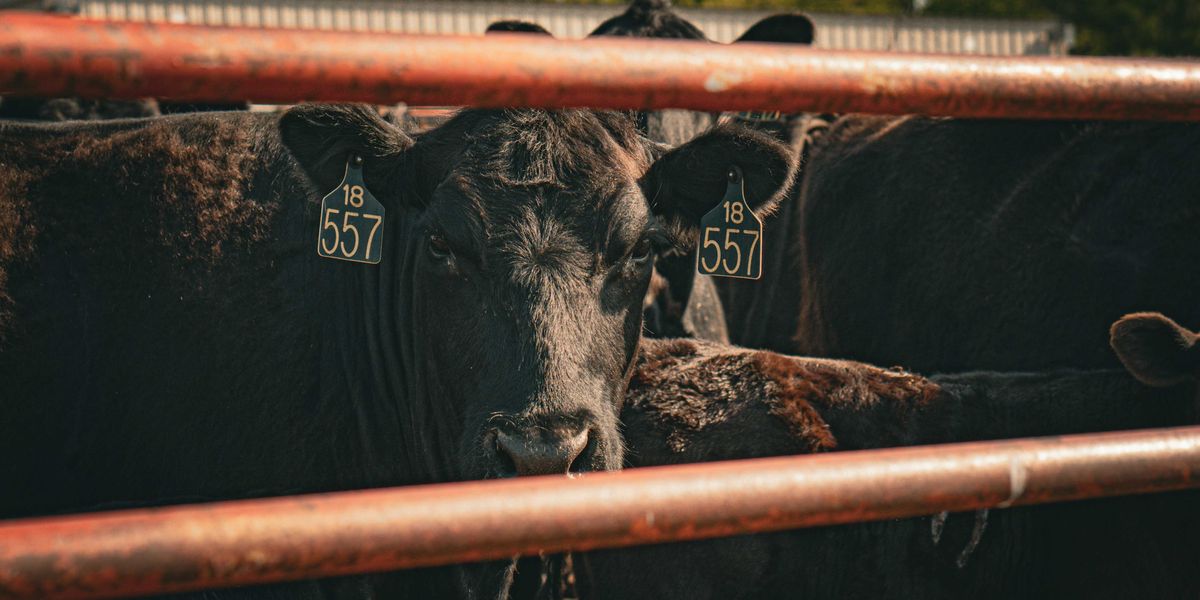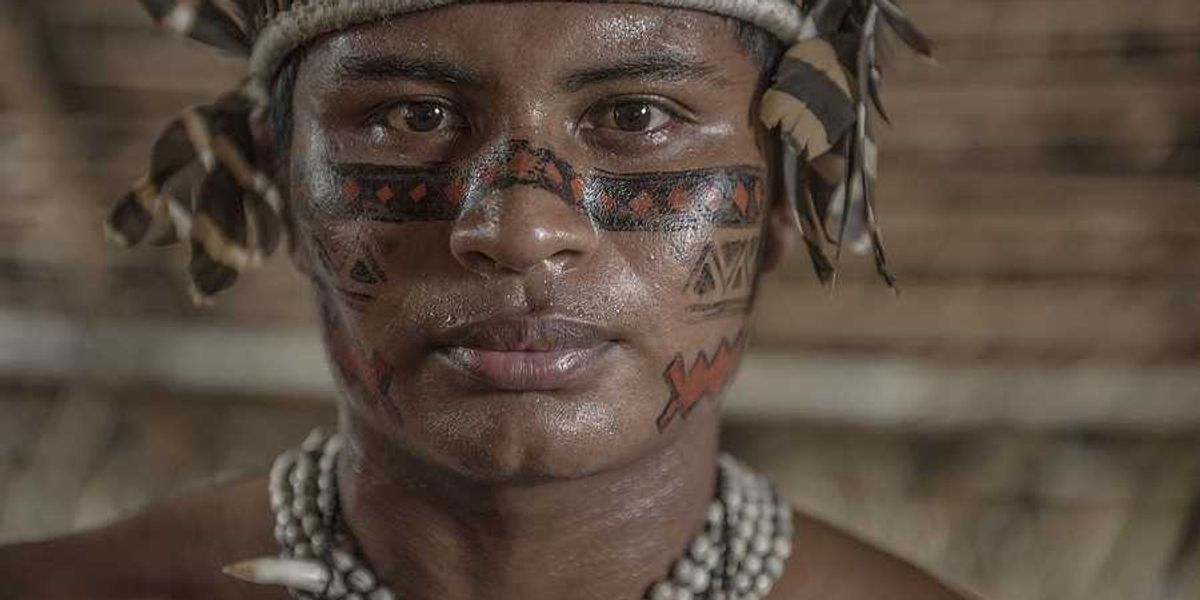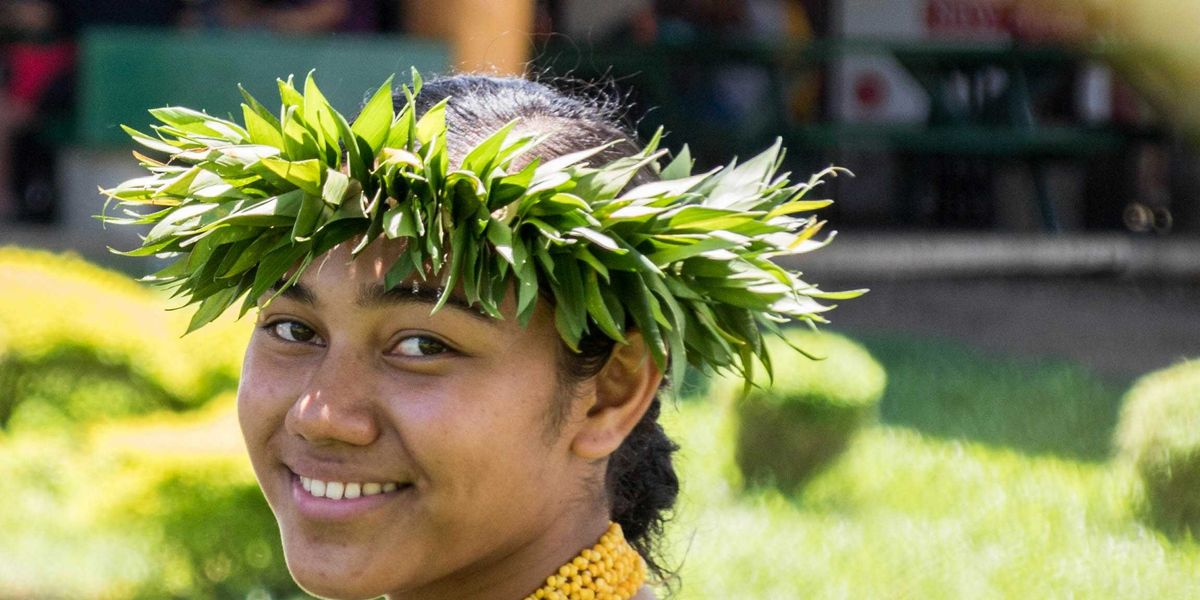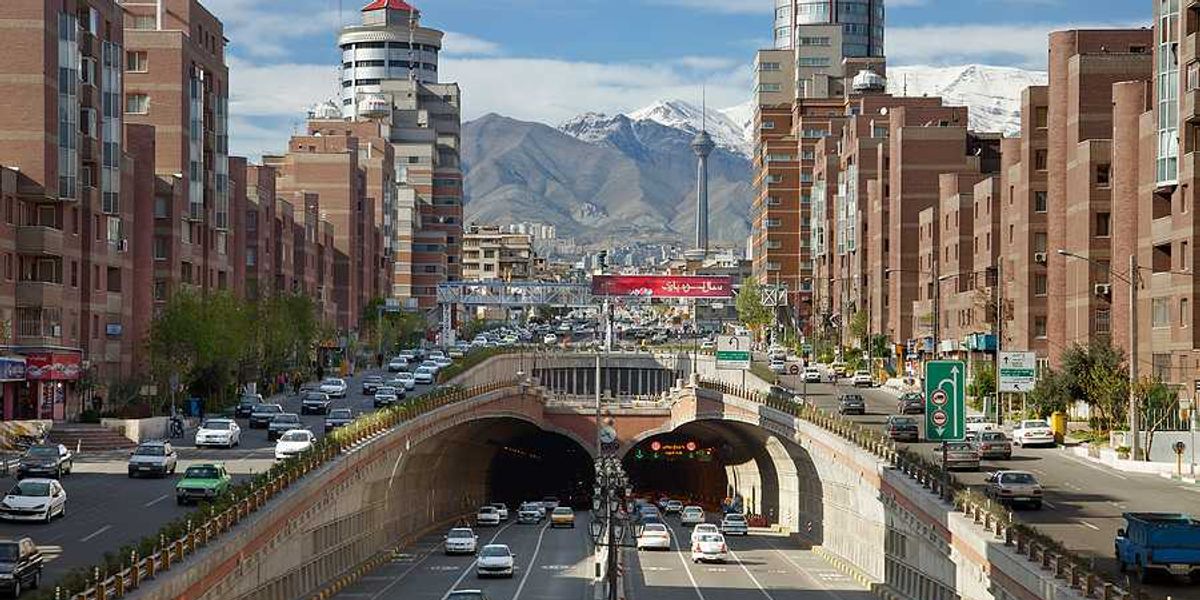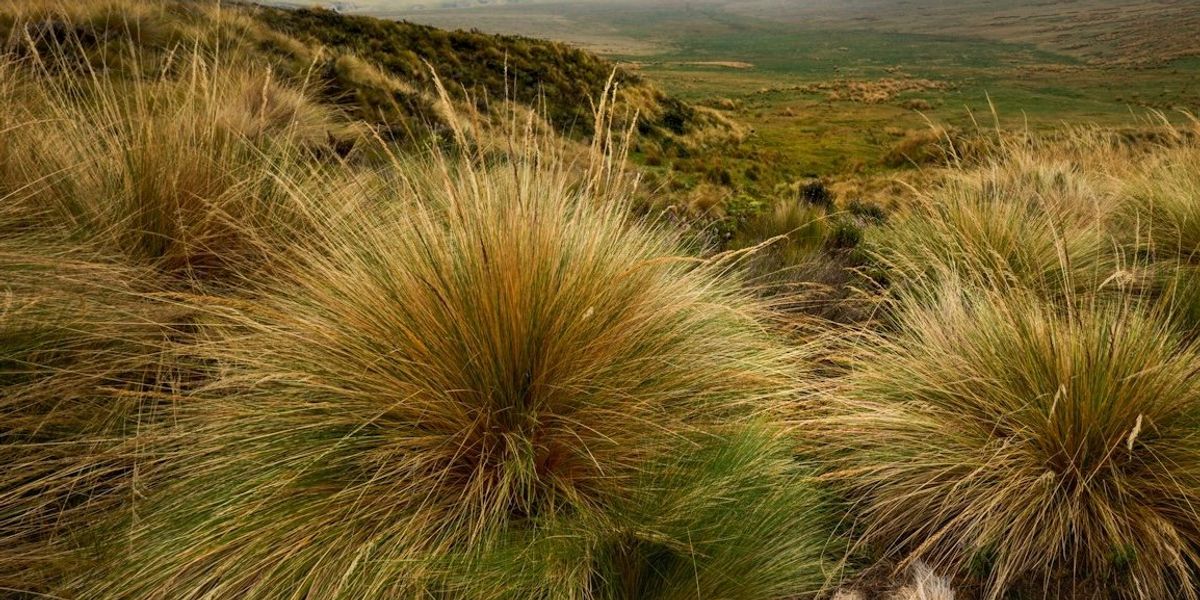
Restoring Ecuador’s páramos brings water and wildlife back to life
A massive páramo restoration effort near Quito is reviving water supplies and wildlife after centuries of degradation from overgrazing and development.
Ana Cristina Alvarado reports for Mongabay.
In short:
- Ecuador’s Antisana páramo, once damaged by over 200 years of cattle ranching, is now rebounding thanks to land purchases and restoration by the Quito Water Conservation Fund (FONAG), funded in part by Quito’s water users.
- With sheep and cows removed, the land is healing: Native grasses, wetlands, and wildlife — including foxes, deer, and even pumas — have returned, improving water quality for the city, and helping revive a key Andean ecosystem.
- The project is now seen as a global model for how public utilities, companies, and local communities can work together to restore natural water sources and biodiversity.
Key quote:
“It gives us hope — restoration is possible...even completely degraded areas, with careful management, can become success stories in restoring water sources and the food chains that rely on them.”
— Bert De Bièvre, technical secretary at FONAG
Why this matters:
Healthy ecosystems like the páramo act as giant sponges, storing and releasing fresh water to cities like Quito. Restoring these lands not only protects biodiversity but ensures clean water access for millions — a climate resilience strategy with global implications. Quito’s bet on restoration over concrete might just be the boldest blueprint yet for saving both biodiversity and the taps that keep us alive.
Read more:
- We must adapt to climate change. Can we do it in ways that solve other problems too?
- Nurses urge upstream approach to clean water and health
- Planting a million trees in the semi-arid desert to combat climate change

